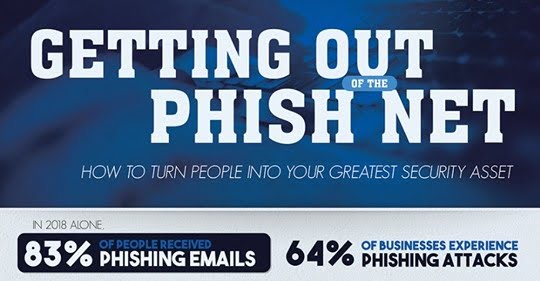Email, while a helpful resource and an effective communication tool, has been taken advantage of by scammers and hackers for decades. Phishing is a common attack used to get victims to click a malicious link – in 2018 alone, over 80% of people received phishing emails and over 60% of businesses experience phishing attacks. These attacks are hard to spot as they don’t target the tech but they target human nature. Looking out for red flags about scam emails is no longer enough – out of the 384 billion emails sent everyday, 85% are spam. Many are noticing the increased difficulty in spotting a fake email or malicious link – over 70% of employees report repelling email attacks has gotten harder since 2016. Fake emails get into our brains and then computers via a number of ways. They can do this by creating a sense of urgency, like a toll violation notification, by mimicking a real and personal email such as an invoice payment, or taking advantage of the fear that you are missing out on crucial information.
Due to these ploys, many have fallen prey to these hackers’ whims – 1 in 3 email users have become compromised in some way. Whether it be having a device infected with malware or a virus or having a social media account or an email account hacked into. Not just specific users can lose money and data, businesses can too. Businesses that succumb to phishing attacks can lose nearly $2 million per incident with wildly decreased productivity, huge data losses, and can even have reputation damage.
Current cybersecurity and the occasional training exercise just is not enough in comparison of the amount of attacks that are sent and received. Find out more about how you can keep you and your business safe from phishing attacks here.


